*This post may contain affiliate links. Read more »
Aloo Parwal Ki Sabji is a flavorful, and simple-to-prepare vegan curry dish made with the most adorable little pointy green gourds. For realsies, you are gonna say “oh my gourd, how did I ever live without this double-backflip-yummy sabji before?”


Enter your email & I'll send it to your inbox. Plus, get great new recipes from me every week!
By submitting this form, you consent to receive emails from Cinnamon Snail.
Parwal Ki Sabji translates as “Pointed Gourd Curry.” The term “Parwal,” or parval, refers to the tender and slender pointed gourd. It is often confused with tindora (Ivy Gourd) by the untrained eye, which is a little more mini-watermelon shaped. Parwal is a versatile vegetable that easily absorbs the flavors it is cooked with. This recipe is completely vegan, sattvic, gluten-free, and ekadasi-friendly.
Variations of Parwal Ki Sabji are prepared all around India, and my recipe attempts to fuse my favorite regional styles of the curry I have had the pleasure of eating-the-heck out of. It goes great with dishes from all over India, like some of my other favorite Indian gourd recipes (sattvic peerkangai kootu, hearty Lauki sabji, and coconut milk olan).
Get ready to smash a plant-based curry that will make your accompanying rice and dal so much happier! Grab your cutest-looking apron, and let's whip up some Parwal Ki Sabji together. Happy cooking!
Jump to:
🥰Why you'll adore this parval recipe
✊Vegan AF: Rest assured, like all of my vegan Indian recipes, no animals are involved in the making of this pointed gourd curry. And if you aren’t concerned about harming animals (yet), well, it’s still super delicious. So, the animals and I will celebrate this one vegan meal that I trick you into eating…
🪷 Suddha Sattva This sattvic and ekadasi-friendly curry contains no onions, garlic, grains, or non-veg ingredients. It's suitable for bhoga offerings, so you may then serve it as prasadam.
✅Tested and Approved Worldwide Like all of the vegan recipes I share, in addition to my own development, it's been tried by a massive team of recipe testers from all around the work.


🤘Learn to make flawless prasadam
This guide to my most popular sattvic vegan recipes is 100% FREE, & you'll love the actual heck out of it 🥰
🥒 Parwal sabji ingredients

Parwal / Parval
Parwal, also known as Patol, and Parval in some regions, is a nutritious and slender vegetable native to the Indian subcontinent. Rich in dietary fiber, vitamins, and minerals, these pointed gourds add a subtle crunch and a mild, slightly sweet flavor to the Parwal Ki Sabji. If Parwal is unavailable, you can substitute it with an equal amount of tindora (which is what I usually use for making aviyal) zucchini, peeled ridge gourd, peeled ash gourd, or peeled and seeded bottle gourd for a similar texture and taste.
Curry Leaves
Curry leaves (AKA "Kadi Patta" in Hindi) are aromatic leaves that infuse the curry with an indescribable yummy fragrance. These leaves are a vital ingredient in the recipe, contributing to the authentic taste of Parwal Ki Sabji, and also make a killer tadka for arhar dal. Keeping a curry plant as a house plant is the best way to ensure a constant supply of the fresh delicious leaves. You can also freeze curry leaves and use them in the recipe if your local Indian grocery store is far away and you want to stock up occasionally.
Asafoetida (Hing)
Asafoetida, commonly known as "Hing," is a pungent spice used in sattvic Indian cuisine to replace onions and garlic. If you are gluten-free, or following ekadasi vrata, make sure your hing doesn’t use wheat starch as an anti-caking agent. I recommend using a powdered asafoetida rather than the resin form, as it is easier to measure and get consistent results.
Amchur
Amchur, or dried raw mango powder, enlivens the dish (and also Punjabi chole, and masala makhana) with a pleasant, slightly sour taste. By “raw mango” powder, what I mean is it is made from finely ground, dried tart green mango. If you're unable to find amchur, you can use a small amount of tamarind paste or lime juice as a substitute.
Hari Mirch
Hari Mirch is an Indian variety of green chili, which is as awesome in recipes as it is for making hari mirch ka achar. Adjust the quantity of green chilies based on your spice preference. For a milder version, deseed the chilies or replace them with a milder hot pepper like Serrano or jalapeño.
*See the recipe card at the bottom of the page for exact quantities, nutritional info, and detailed cooking directions.
💡Variations
Bharwa Parwal Sabji
Almost like Northern India's version of jalapeño poppers, Bharwa Parwal stuffs the pointed gourds with a spiced mixture of roasted chickpea flour, cumin, coriander, and other aromatic spices. The stuffed gourds are then shallow-fried until golden and crispy on the outside. It's a seriously yummy way to cook parval!
Parval Aloo Posto
A Bengali specialty, Parwal Aloo Posto features pointed gourd and potatoes cooked in a rich and creamy poppy seed paste. Posto (poppy seeds), are used a lot in cooking in west Bengal where I regularly visit for spiritual pilgrimage in Navadvipa. It is the birthplace of Lord Caitanya.
Parval Masala
To make Parval Masala, the pointed gourd is cooked in a tangy tomato and onion-based gravy seasoned (sorta similarly to vegan tikka masala)with a blend of garam masala, Madras curry powder, turmeric, and red chili powder. This hearty and spicy curry is amazing served with aloo kulcha or chapati for a complete and simple meal.
📖 How to make this parwal recipe
Imagine you are drowning in an ocean of flavor, and your life raft is a pillowy soft piece of gourd. You can save Leonardo DiCaprio if you want, or you can follow along with the easy-to-print recipe card towards the bottom of this page.

Step 1
Boil or steam the potatoes until they are just fork-tender.
Once tender, drain the potatoes and cool them in a colander or strainer.

Step 2
Peel the parwal with a vegetable peeler.
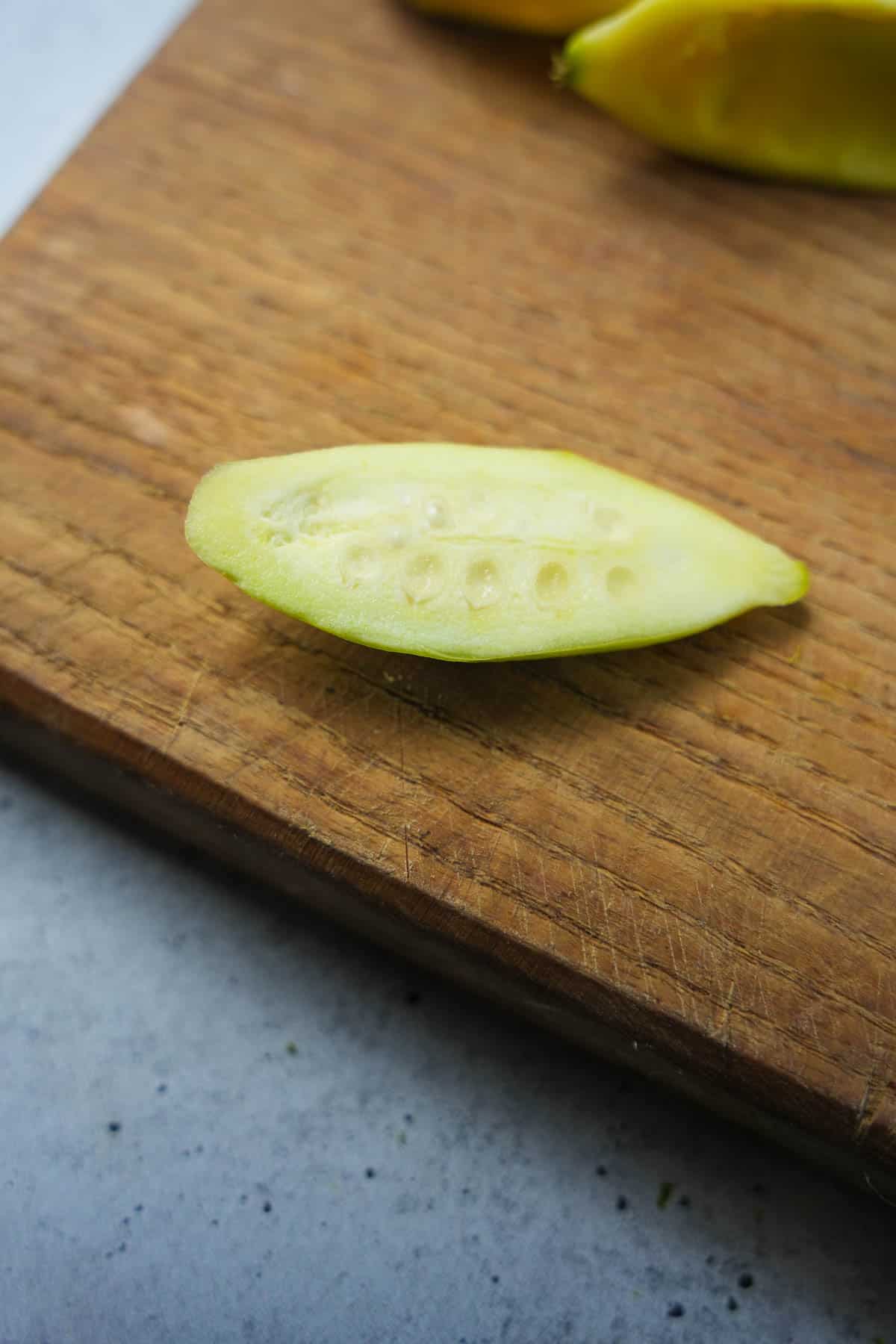
Step 3
If the parwal are young and the seeds are white and soft, you can just cut the parwal in half.
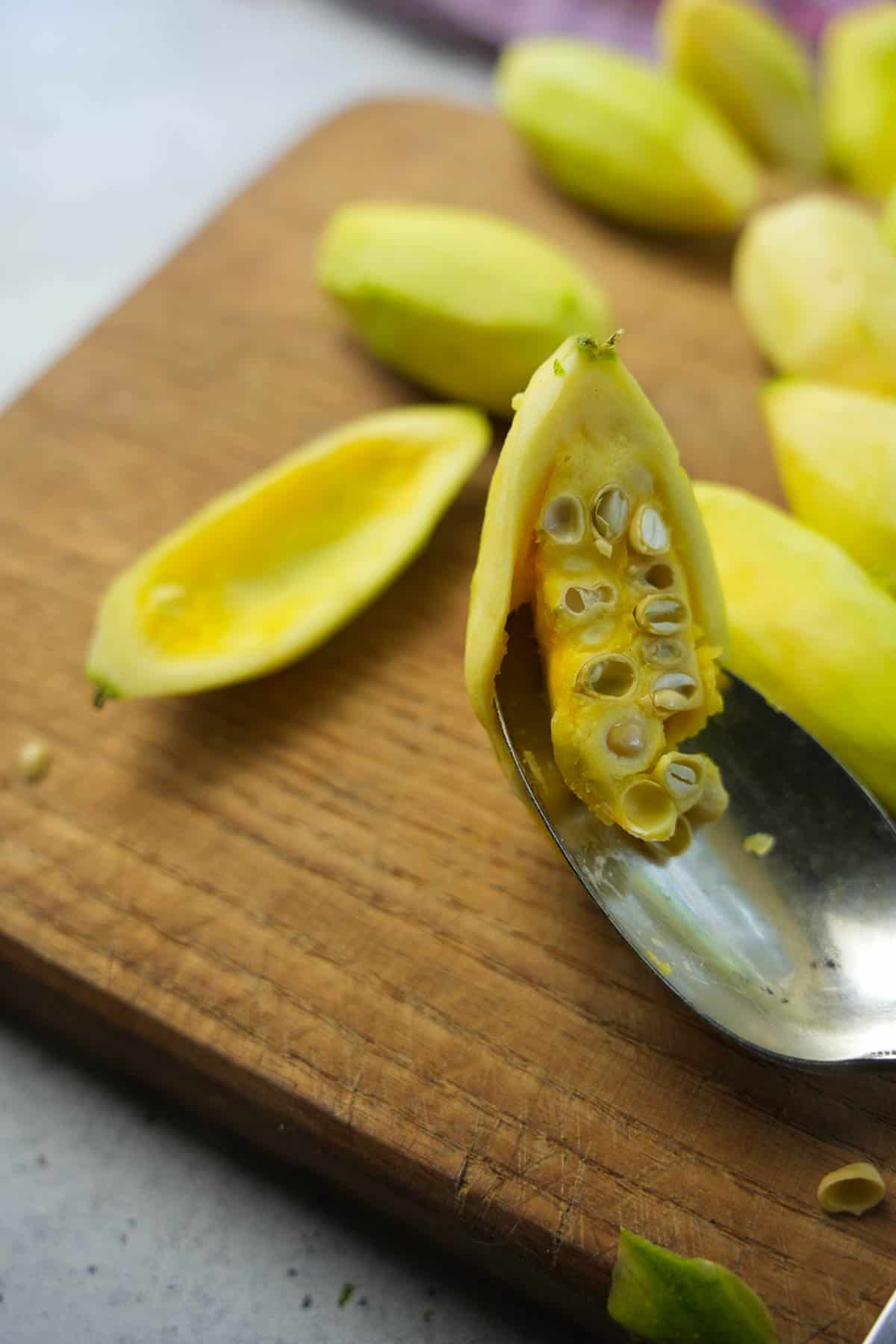
Step 4
Otherwise, if they're on the mature side, scoop out and discard the seeds.
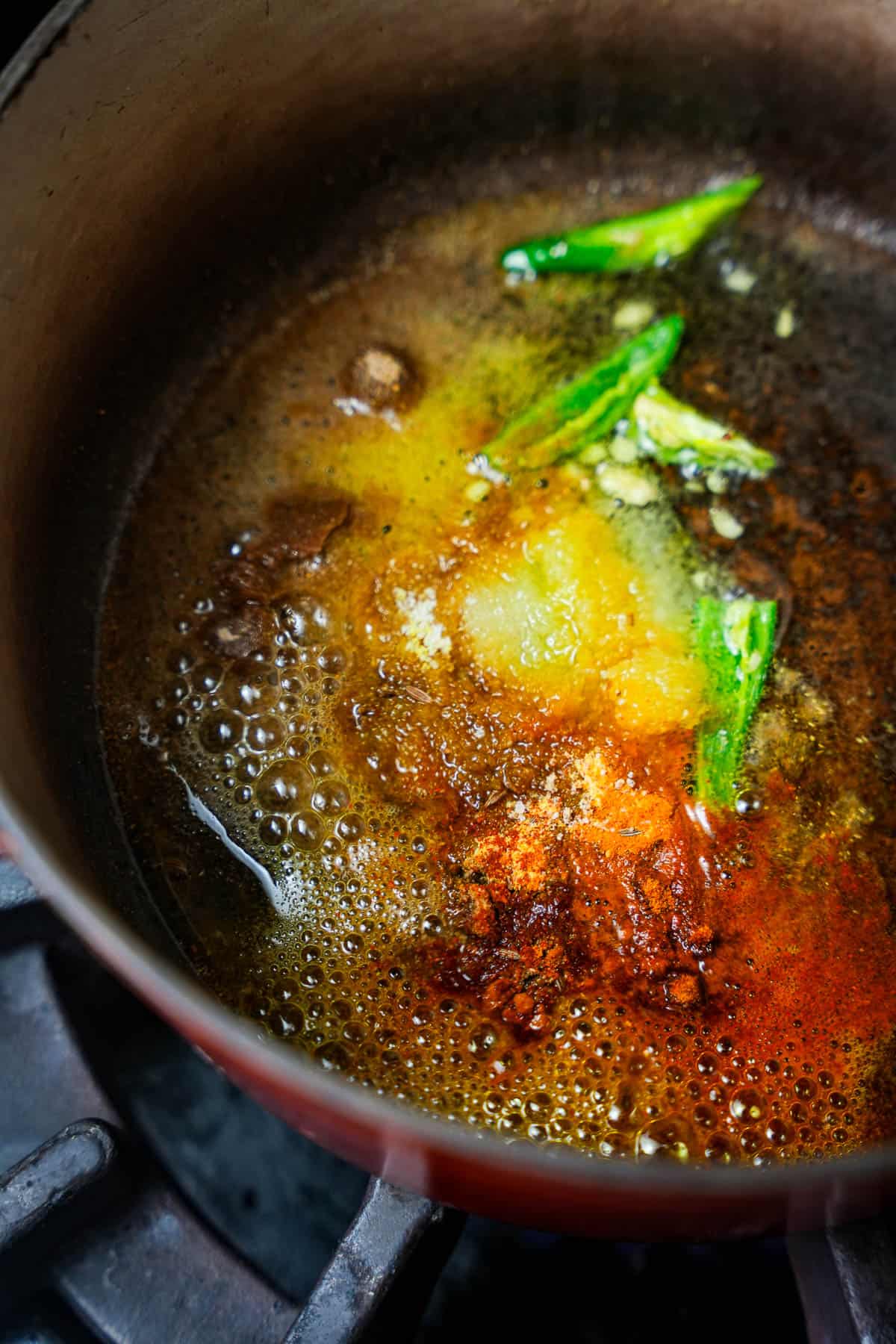
Step 5
Heat cooking oil in a pot over medium heat. Toss in the cumin seeds, curry leaves, and sliced green chili.
Sprinkle the turmeric, Kashmiri red chili powder, coriander powder, asafoetida, amchur, and salt to taste.

Step 6
After a minute or so as the spices become fragrant, add the steamed potatoes and parwal.

Step 7
Pour in a cup of water and give it all a good stir. Let it simmer and sizzle for around 8 minutes until the parwal gets tender, and the curry thickens from the starch in the potato.

Step 8
Serve the parwal with gajar ka achar in an attractive serving dish and garnish, if desired, with fresh cilantro leaves, and/or some sliced red or green chilies.
🍽️ How to serve parwal sabji
Don’t let your parwal get lonely and cry. Serve it with some of your faves:
Serve with chaats
Pair this delightful Parwal Ki Sabji with an assortment of chaats for a nice contrast in textures. Kanda bhaji and vadai make for excellent companions, and sweet and tangy Sweet Potato and Pomegranate Chaat topped with crispy sev is a great choice too. If you just want a handful of crunch to add on top as a garnish, you could do worse than Masala Phool Makhana, light crispy pan-fried lotus seeds.
Serve with Other Sabjis
Create a lavish thali by combining Parwal Ki Sabji with a variety of other sabjis. Punjabi-style Bhindi (okra), comforting Saag Aloo, diversify the meal. Another ekadasi-friendly preparation to consider is Phool Makhana Subji, which has an unbelievable texture! Or serve the parwal with this completely vegan Butter Chicken made with my homemade seitan chicken.
Serve with (particularly good) Rice and Dal
Parwal Sabji goes great with rice and dal. I love it with Sattvic Masoor Dal over coconut rice, or veg. Biryani.
Serve with Bread
Parwal Ki Sabji is even better served with bread. Potato-stuffed Amritsari Kulcha, baked with coriander seeds and herbs, is the perfect vehicle for scooping up the curry and savoring its flavors. Kerala-style Parotta, known for its delicious flaky layers, also make a wonderful delivery system for curries of all kinds.

👉Top tips for perfect parval
Control the Spice Level: Adjust the quantity of green chilies according to your spice preference. Deseed the chilies for a milder flavor or add extra for a spicier kick. Remember, you're the chef, this is YOUR parwal recipe now, and you get to set the heat!
Stir-Fry with Care: While stir-frying the spices, curry leaves, and green chilies in oil, use moderate heat on the stovetop. You just want to bring out the nutty flavors, not burn them or cause them to become bitter.
🤷♀️FAQ
While fresh parwal is recommended for the best texture and taste, you can use frozen parwal if fresh isn't available. Be aware that frozen parwal will not need as much water or cooking time, and may have a slightly softer texture after cooking.
The spiciness of the curry can be adjusted based on the quantity of green chilies used. By deseeding the chilies, you can reduce the heat level, making it milder.
Absolutely! Parwal Ki Sabji is versatile, and you can experiment by adding other vegetables like drumstick (moringa), spinach, carrots, or peas to make it even more nourishing.
Yes, Parwal Ki Sabji is naturally gluten-free. Just make sure the asafoetida you use doesn’t contain wheat starch, as some brands use it as a natural anti-caking agent.
Let the Parwal Ki Sabji cool to room temperature, and then store any leftover curry in an airtight container in the refrigerator. Properly stored, the curry can be refrigerated for up to four days.
🔥Stovetop reheating
Transfer the desired amount to a non-stick pan or a saucepan. Add a splash of water to prevent sticking and maintain the moisture. Cook the curry over low to medium heat, stirring occasionally, until it's thoroughly heated.
☢️Microwave reheating
Add a few drops of water to the container and cover it with a microwave-safe lid or microwave-safe plate. Heat the curry on medium power for 1 to 2 minutes, stirring halfway through the reheating process. Keep a close eye on it to prevent overheating and maintain the curry's smooth consistency.
🤏Garnish
Breathe some fresh life back into reheated Parwal Subzi by garnishing it with fresh cilantro or sliced green chilies after reheating.
This dish does not freeze and thaw well due to the texture of the parwal and potatoes. I mean, technically you CAN freeze it, but initial cooking, freezing, thawing and reheating is quite a lot to put tender vegetables like parwal through!
✌️My favey dishes to serve with parval:

Ekadasi Aloo Parwal Ki Sabji (Easy Vegan Parval Curry)
Ingredients
- 1 cup diced or wedge-cut potatoes
- 250 grams parwal
- 3 tablespoons canola oil vegetable oil, or peanut oil
- ¼ teaspoon cumin seeds
- 12 curry leaves
- ¼ teaspoon turmeric powder
- ¼ teaspoon Kashmiri red chili powder
- ½ teaspoon coriander powder
- ½ teaspoon asafetida hing
- ½ teaspoon amchur mango powder
- 1 green chili hari mirch, thinly sliced
- ¾ teaspoon salt
- 2 cup water
Garnish:
- Cilantro leaves
- Thinly sliced green or red chilies optional
Instructions
- Begin by boiling or steaming the diced or wedge-cut potatoes until they are fork-tender. Once cooked, drain the potatoes and allow them to cool in a colander or wire mesh strainer.
- Peel the parwal (pointed gourd) using a vegetable peeler. Cut the peeled parwal in half. If the parwal is mature, remove the seeds to ensure a smooth texture in the curry.
- In a pot, heat the cooking oil over medium heat. Add the cumin seeds, curry leaves, and thinly sliced green chili (hari mirch), allowing them to sizzle and release their flavors.
- After a couple of minutes, add the steamed potatoes and the cut parwal. Sprinkle in the turmeric powder, Kashmiri red chili powder, coriander powder, asafoetida (hing), amchur (mango powder), and salt. Toss until the potatoes and parwal are golden with spices.
- Pour in 1 cup of water, and stir the ingredients to combine them well. Allow the curry to cook on medium heat for about eight minutes or until the parwal becomes tender and approximately half of the liquid has evaporated and thickened due to the starches in the potato.
- Once the Parwal Ki Sabji reaches the desired tenderness and consistency, it's ready to be served. Garnish the curry with fresh cilantro leaves and optionally add thinly sliced green or red chilies. Optionally dust the dish with parwal masala or chaat masala powder.
Notes

Enter your email & I'll send it to your inbox. Plus, get great new recipes from me every week!
By submitting this form, you consent to receive emails from Cinnamon Snail.




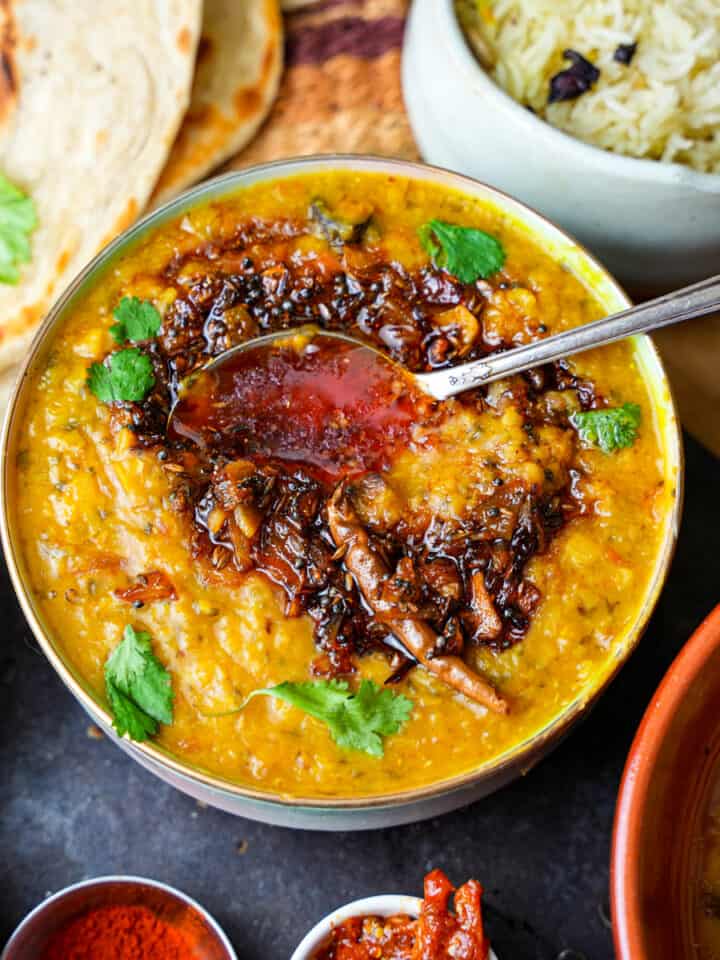



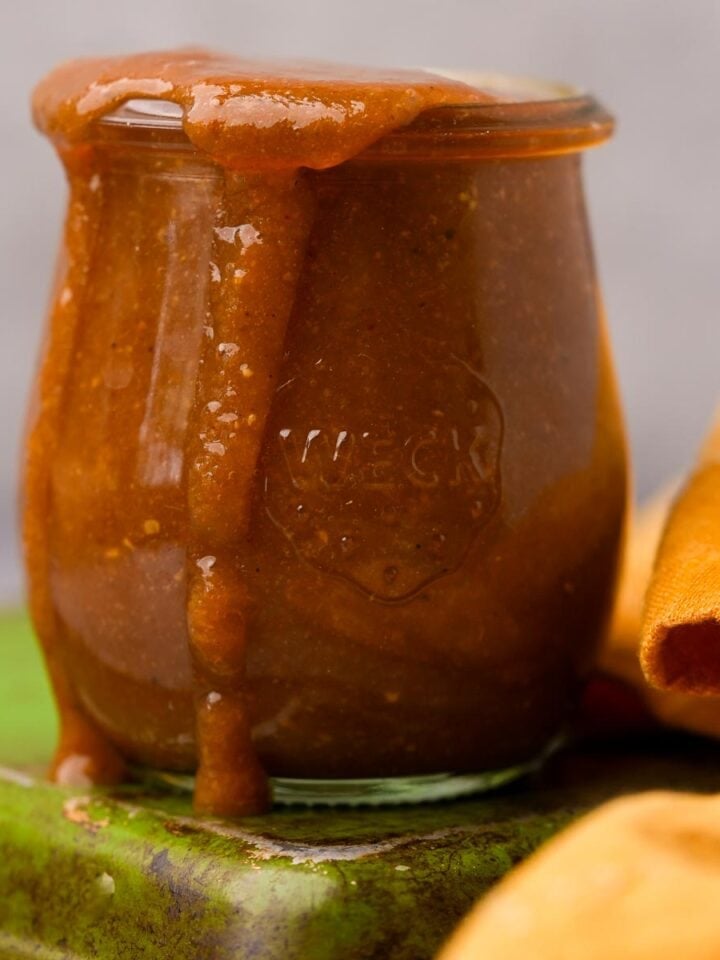
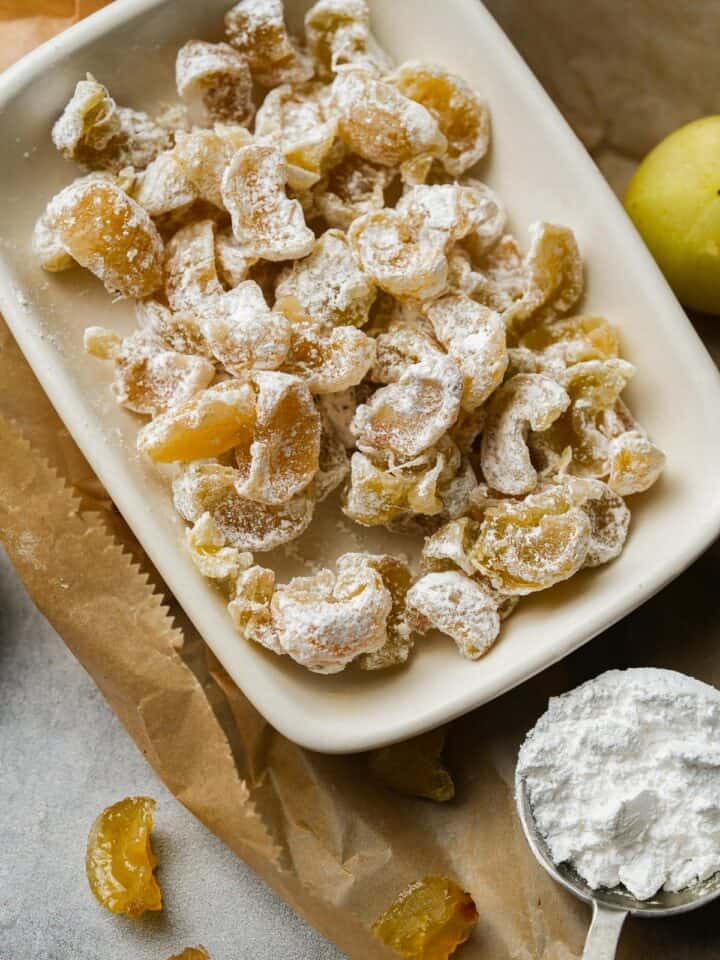
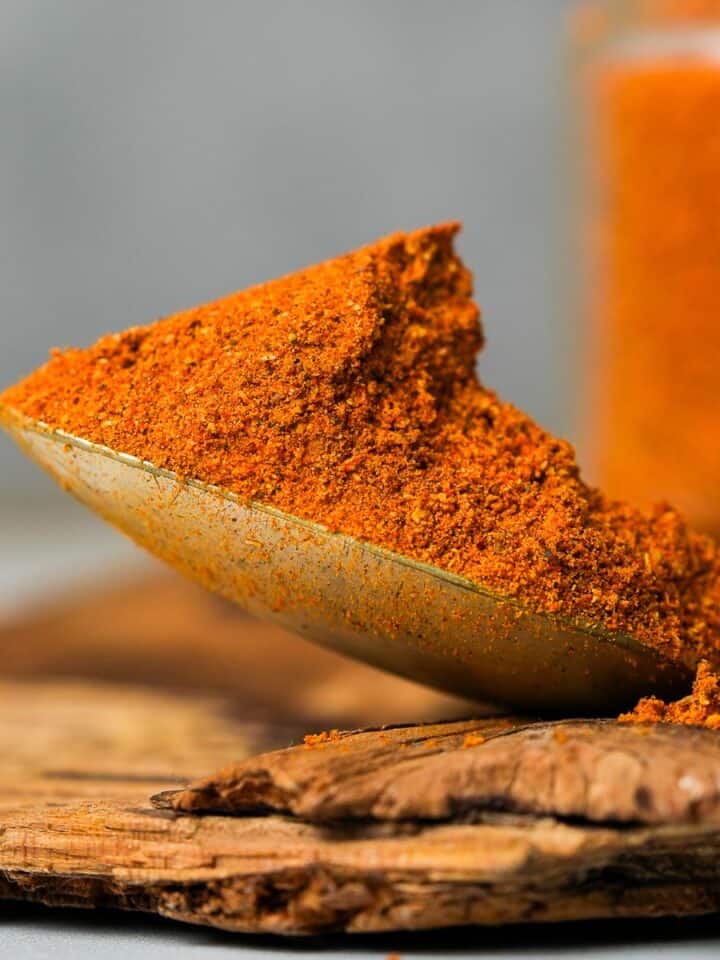
Leagle says
kids saw some really really lovely young parval & were convinced they were cute baby cucumbers so we had to get them and make this recipe for different reasons. all loved it. steamed potato starchiness really makes for both tender parval and a thick, clingy sauce
Heather says
I made this recipe with zuccini and it turned out great, thank you Adam for the indpiration